London is a hustling city that boasts an interconnected web of the London train system, one of its important components which support millions of residents and tourists in terms of transit. It includes an extensive scheme of overground and underground (Tube) trains that link the expansive neighbourhoods and the city’s central business districts.
The entire train transport in London is interconnected with other transportation networks that include buses, tram cars and even river services. It is an integrated system whereby commuters can move around the city with ease, changing modes of transport at their convenience.
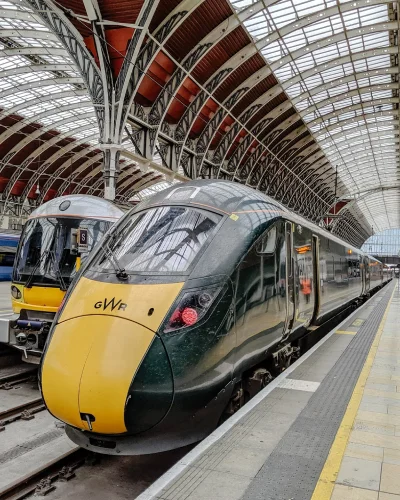
Color-Coding: The London train map is distinguished by colours representing a specific line.
London Underground: The London Underground comprises 11 lines. Each line is denoted by a unique colour.
London Overground: The London Overground is integrated into the map, with the lines also colour-coded for clarity.
National Rail Services: These stations are often marked with specific symbols, such as a black icon resembling a train.
Trams and Buses: Tram and bus routes are represented using dashed or solid lines with specific colours.
Zone System: London is divided into fare zones, ranging from Zone 1 in the city centre to outer zones. The map clearly outlines these zones, guiding travellers on fare calculations.

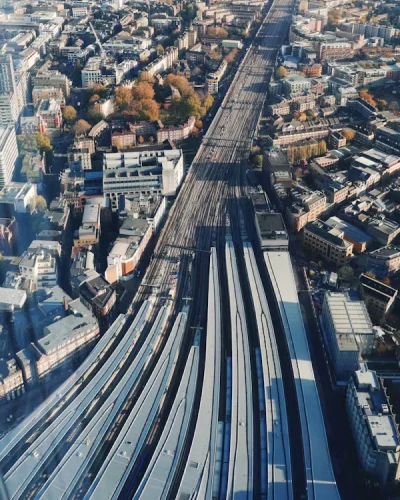
The peak commuter hours are in the morning (7:00 AM till 10:00 AM) and evening (5:00 PM till 7:00 PM). On main routes, trains run regularly at intervals as short as two to three minutes.
Frequencies remain high during off-peak travel as well, with trains running every 5-10 minutes on many routes.
To ensure a smooth London train travel experience, consider the following tips:
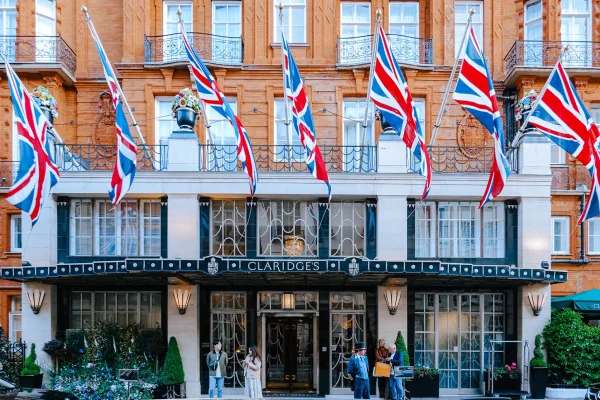
LONDON TOURIST INFORMATION
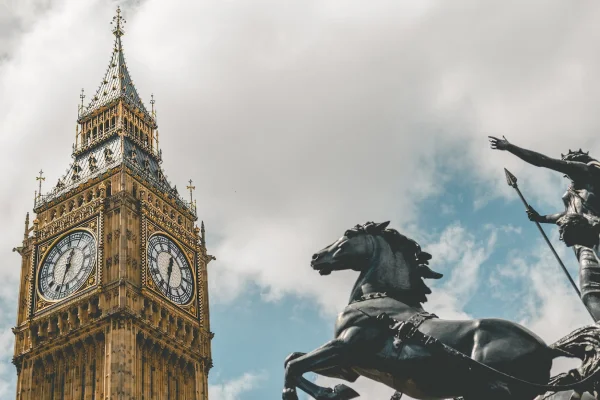
LONDON TOURIST INFORMATION
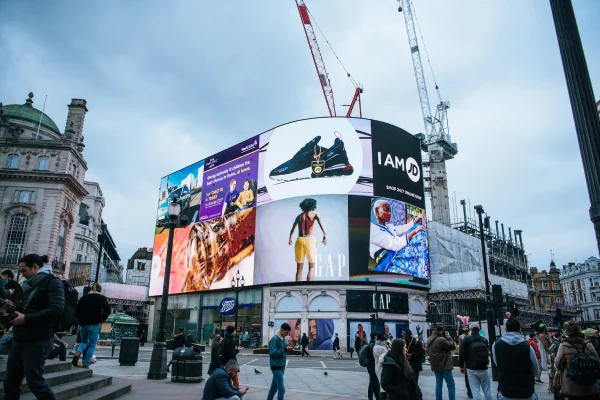
LONDON TOURIST INFORMATION
